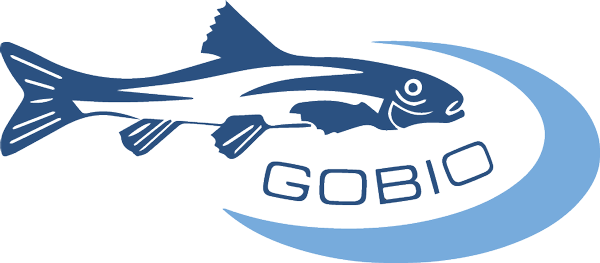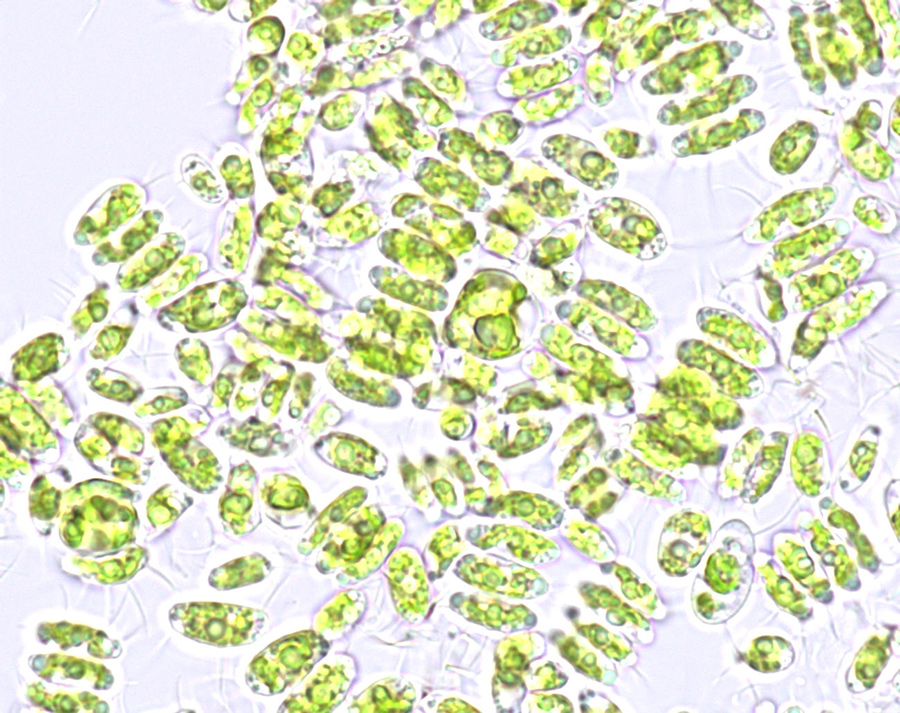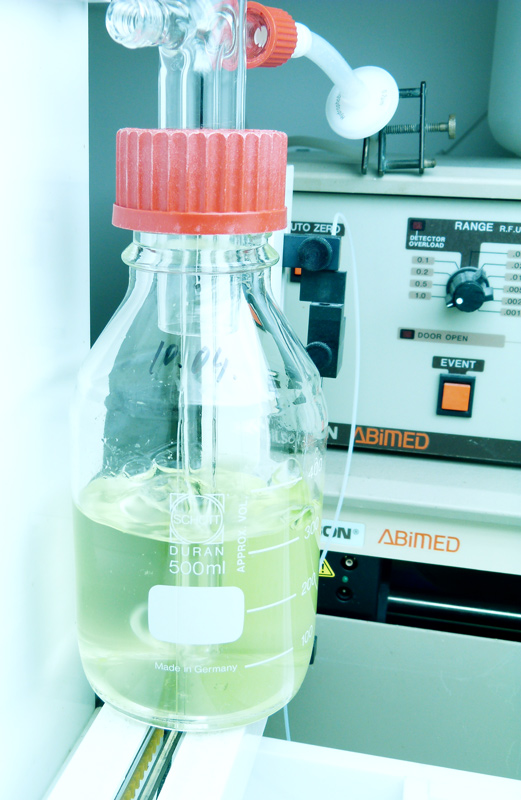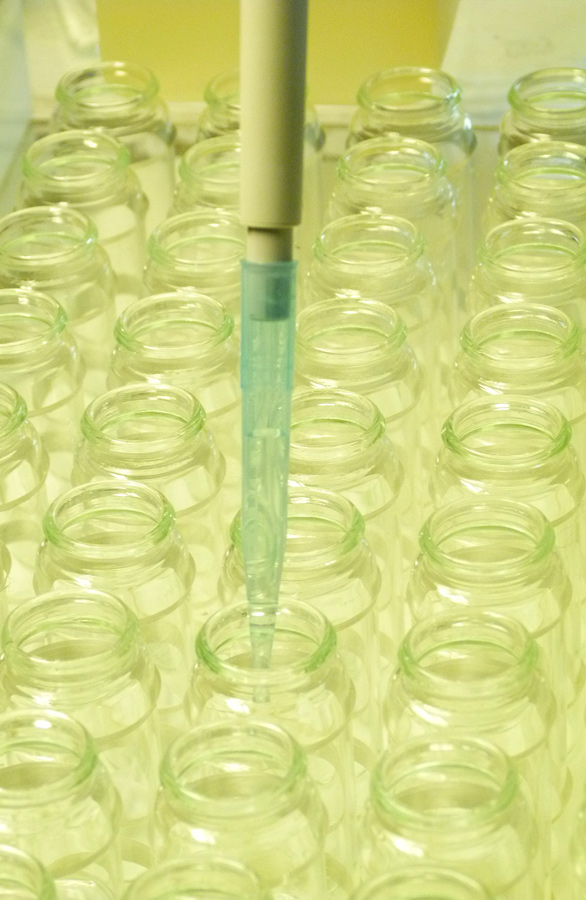The algae growth inhibition test according to DIN 38412-L33 1989-03 is a standardized procedure for the evaluation of toxic effects by waste water samples in dilution series.
The test organisms are unicellular green algae that live in lentic waters, such as Scenedesmus subspicatus. The algae test aims at assessing deleterious effects of sewage already to primary producers, thus with potential to affect several trophic levels.
In the algae growth inhibition test a defined number of algae are exposed, under precise light and temperature conditions, to the test medium supplemented with inorganic mineral nutrients. The fluorescence of chlorophyll is measured at the beginning and at the end of the experiment, which is directly related to the final biomass in the samples.
After 72 hours the sample dilution at which the biomass production is inhibited less than 20% is determined.
This method is employed in the frame of the chemical, plant protection and water legislations (guideline 67/548/EWG Annex V; DIN 38 412 (L33) 1991-03 und (L9); OECD Guidelines for testing of chemicals, TG 201 “Alga, Growth Inhibition Test”).



